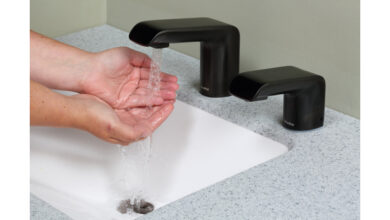U.S. EPA Energy Star Program to Support CxEnergy 2019
CxEnergy conference officials announced that the U.S. Environmental Protection Agency | Energy Star program will be a supporting organization of the event. They will also be exhibiting at booth 206 in the CxEnergy expo hall.
Energy Star tools and resources help businesses determine cost-effective approaches to managing energy use in their buildings—enabling the private sector to save energy, increase profits and strengthen their competitiveness. Thousands of businesses and organizations look to Energy Star for guidance on strategic energy management. And, the program’s popular online tool, Energy Star Portfolio Manager, has been used to measure and track the energy performance of hundreds of thousands of commercial buildings across the nation. Studies find that Energy Star-certified buildings command a premium of up to 16 percent for sales prices and rental rates.
CxEnergy 2019 is being held April 15-18 in Orlando, Florida. Attendees will earn AIA and other industry certification continuing education credits for presentations that range from cyber security to water audits, along with a wide variety of commissioning and energy management case studies. Click here to view the CxEnergy Preliminary Conference Program.
The CxEnergy expo hall showcases a wide variety of products including controls, software, instruments, metering devices and services targeted specifically to commissioning, energy management, engineering and testing firms.
CxEnergy offers pre-conference workshops and seminars for AABC Testing & Balancing and Building Enclosure Commissioning, and certification exams for Certified Commissioning Authority and Energy Management Professional. The event also features several networking events that connect commissioning providers, energy managers, MEP engineers and HVAC testing professionals with manufacturers and building and facility owners/operators. Attendee registration and event information updates are available at www.CxEnergy.com.


